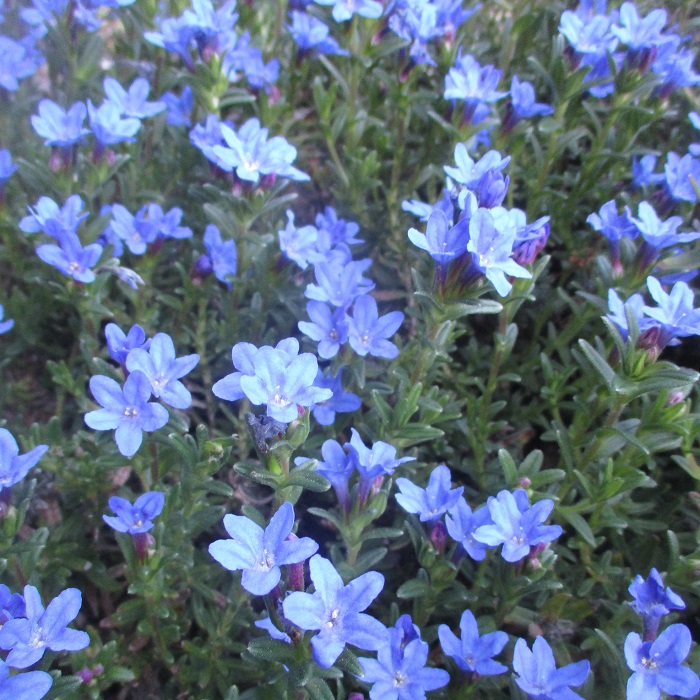UNITED STATES—Buick Electra used to mean something. Chrysler Imperial and Lincoln Town Car did also. That was at a time when cars were still distinguishable. Instead of random numbers with a few letters, they had distinctive names. These names, although distinct, conformed to a standardized pattern. This pattern of naming was comparable to botanical nomenclature.
According to botanical nomenclature, plants are identifiable by genus and species. Their ‘gen’us is a more ‘gen’eral designation than their ‘speci’fic ‘speci’es designation. A family is a larger and more general classification than genus, and in turn, fits into another more general group. Most of us are not concerned with the many classifications beyond family.
For example, the botanical name of silver maple is Acer saccharinum. Acer is the genus. saccharinum is the species. Acer saccharinum is in the Sapindaceae family. (For botany, genus and species names are italicized, and species names are not capitalized.) Buick Electra is similarly in the General Motors family. Buick is its genus. Electra is its species.
Nomenclature somehow got complicated.
Varieties and cultivars are even more specific designations within species. Some are the products of breeding. Some are naturally occurring. A cultivar is a ‘cultivated variety’ that does not perpetuate naturally like other varieties do. Most cultivars propagate by cloning. (Variety and cultivar names are capitalized and enclosed within single quotation marks.)
For example, Acer rubrum ‘October Glory’ is a cultivar of red maple. It exhibits a distinctly rounded canopy and foliar color in autumn that is superior to that of the simple species in the wild. It might compare to a Buick Skylark Gran Sport, which is essentially a cultivar of Skylark with a stronger engine. Botanical and automotive nomenclature are quite similar.
Such similarities of nomenclature are no advantage. While cars forfeited their distinctive titles for mundane numeric designations, plants forfeited their species names for cultivar names. Such abbreviation of nomenclature interferes with accurate identification. Those unfamiliar with it may not know if Cercis ‘Forest Pansy’ is an Eastern or Western redbud, or something else.
Highlight: Lithodora
Both the common and botanical names of lithodora are variable. Many know it as purple gromwell. The botanical name can be either Lithodora diffusa or Glandora diffusa. Many of the cultivars lack their species name after one of these two genus names. There might be less variety with the cultivars than with the names! Floral color is the primary variable.
White blooming ‘Alba’ is uncommon. After all, lithodora is popular for its rich blue bloom, which ranges from light sky blue to indigo. As the name implies, ‘Blue Star’ flowers have a white edge around a blue center. ‘White Star‘ flowers have blue around white. Flowers are tiny but profuse in sunny situations. The dense evergreen leaves are likewise small.
Mature plants are generally only a few inches deep and perhaps two feet wide. They can eventually get more than six feet wide by rooting as they migrate. Although they grow too slowly for large scale ground cover, they work nicely in a sunny atrium, around boulders or with mixed perennials. Lithodora is susceptible to rot in pots or if watered to frequently.
Horticulturist Tony Tomeo can be contacted at tonytomeo.com.






